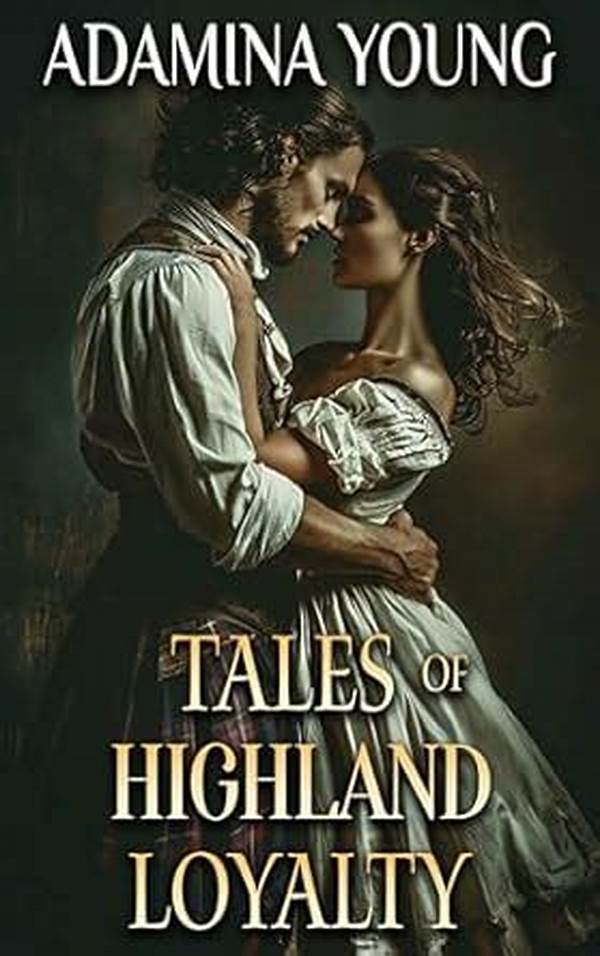Medieval romance, a genre steeped in chivalric ideals and courtly love, often explores the intricate web of loyalty conflicts. These narratives, set against the backdrop of a rigid feudal society, present riveting tales of knights and damsels wrestling with competing allegiances. The theme of loyalty conflicts in medieval romance is deeply entrenched in the obligations characters face toward their sovereigns, beloveds, and their own consciences. Through an analysis of these multifaceted loyalty dilemmas, one gains insight into the societal values and literary conventions of the Middle Ages.
Read Now : Forbidden Romance Within The Monarchy
The Nature of Loyalty Conflicts in Medieval Romance
The theme of loyalty conflicts is pervasive in medieval romance, serving as a central narrative device that propels the plot and deepens character development. These narratives often depict protagonists torn between fealty to their liege and personal aspirations or passions. The conflict between duty and desire is a quintessential element, as knights grapple with their responsibilities to their lord and their yearning for romantic fulfillment. Additionally, loyalty conflicts in medieval romance frequently encompass familial obligations, wherein a character’s duty to their kin clashes with their pursuits of love or honor.
In medieval romances, the trials faced by knights and nobles illustrate the societal emphasis on loyalty as a noble virtue. The chivalric code demanded unwavering loyalty to one’s lord and lady, often placing characters in precarious situations where they must choose between equally compelling commitments. In tales such as Tristan and Isolde or Lancelot and Guinevere, loyalty conflicts are heightened by the interplay of love and honor, highlighting the internal and external struggles of the protagonists. Through these narratives, medieval romance offers poignant reflections on the complexity and cost of loyalty.
Key Elements of Loyalty Conflicts in Medieval Romance
1. Fealty to Sovereigns: Loyalty conflicts in medieval romance often arise from the imperative of fealty to a noble or king, creating tension with personal desires and romantic interests.
2. Romantic Entanglements: Love triangles and forbidden romances introduce loyalty conflicts, challenging characters’ adherence to societal norms and personal pledges.
3. Familial Obligations: Conflicts between familial duties and personal ambitions illustrate the strain of balancing kinship loyalty and individual pursuits.
4. Chivalric Codes: The chivalric ideals that demand loyalty and honor often precipitate conflicts, as characters navigate the complexities of allegiance.
5. Moral Dilemmas: Loyalty conflicts in medieval romance frequently involve moral considerations, forcing characters to weigh their ethical values against societal expectations.
Loyalty Conflicts in the Context of Chivalric Ideals
Within the realm of chivalric ideals, loyalty conflicts emerge as both a thematic cornerstone and a narrative catalyst. Medieval romance relies heavily on the chivalric code, which stipulates that knights must uphold values such as bravery, honor, and loyalty. However, as these characters navigate a world where personal passions often collide with public obligations, the rigidity of such codes is tested. Consequently, loyalty conflicts in medieval romance serve to underscore the tension between individual desires and societal expectations, reflecting the tumultuous journey toward personal integrity and societal approval.
Read Now : Deepening Emotional Bonds With Partner
The depiction of loyalty conflicts in medieval romance also highlights the timeless nature of such inner and outer struggles, as characters must make critical choices that ultimately define their legacies. The romantic entanglements of characters like Tristan and Isolde or the moral quandaries faced by Lancelot attest to the complexity of medieval notions of honor and loyalty. Through their pursuit of love and duty, these characters offer enduring insights into the human capacity for sacrifice and the search for personal authenticity within prescribed societal roles.
Manifestations of Loyalty Conflicts in Medieval Romance
Realms of Loyalty Conflicts
Loyalty conflicts in medieval romance are not merely narrative mechanisms; they resonate on multiple levels, offering critical commentary on the social fabric of the time. These stories often encapsulate the tension between individual aspiration and communal allegiance, illustrating the potential for personal sacrifice in the pursuit of greater ideals. The characters embroiled in these conflicts navigate a complex moral landscape, revealing the varied dimensions of loyalty in the medieval context.
The figure of the conflicted knight or noble represents the archetype of the medieval hero, embodying both the virtues and the vulnerabilities inherent in the human condition. As these characters strive to reconcile competing loyalties, their journeys reflect broader societal tensions and the evolving notions of honor and duty. These narratives invite readers to contemplate the enduring legacy of such conflicts and the timeless themes that continue to captivate audiences across generations.
Analysis of Loyalty Conflicts
Exploring loyalty conflicts in medieval romance involves delving into the intricate narratives that showcase the human struggle between duty and desire. These tales provide a microcosm of medieval society, where personal and communal allegiances intersect. By examining these conflicts, modern audiences gain insight into the cultural and historical context that shaped such literary works and the enduring themes that resonate beyond the medieval period.
Conclusion: Loyalty Conflicts in Medieval Romance
In summary, loyalty conflicts in medieval romance offer profound insights into the societal values and individual morals of the time. These conflicts are not mere narrative devices; they are deep, telling reflections of the human experience in a bygone era. By exploring the challenges faced by knights and nobles as they navigate the turbulent waters of fealty, romance, and duty, we uncover the layers of complexity embedded in these timeless stories. The stories serve as a mirror to our own struggles with loyalty and allegiance, transcending time and constantly reminding us that while contexts and characters may change, the centrality of loyalty conflicts remains an enduring facet of the human narrative.
